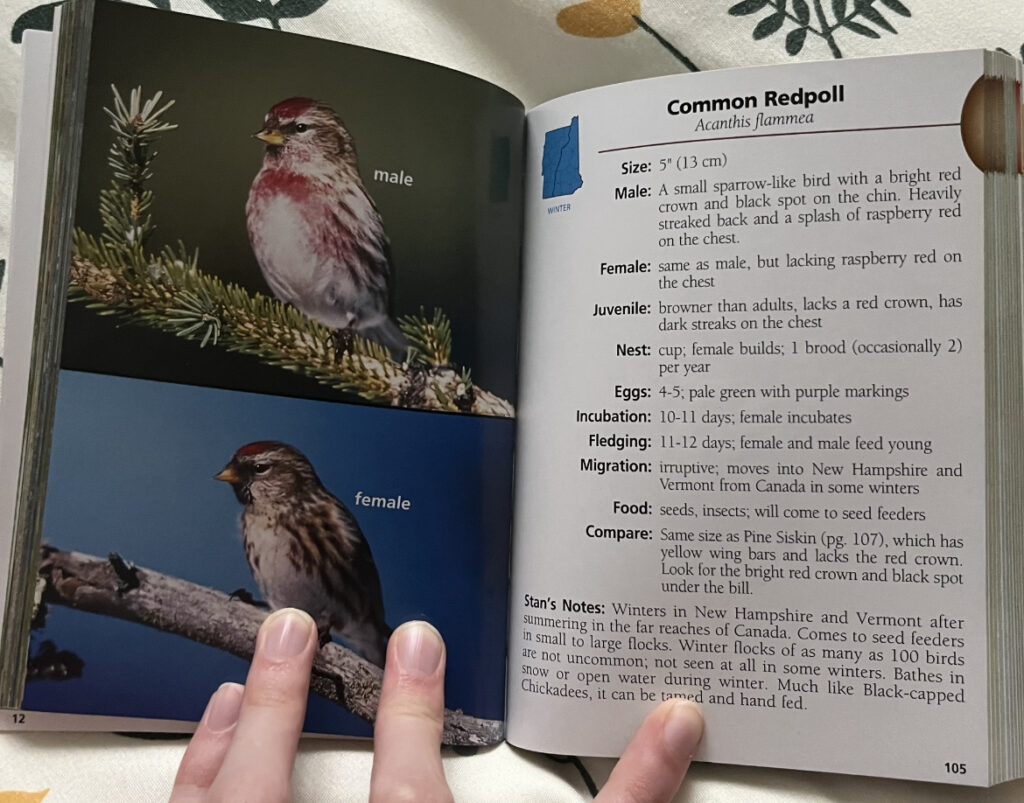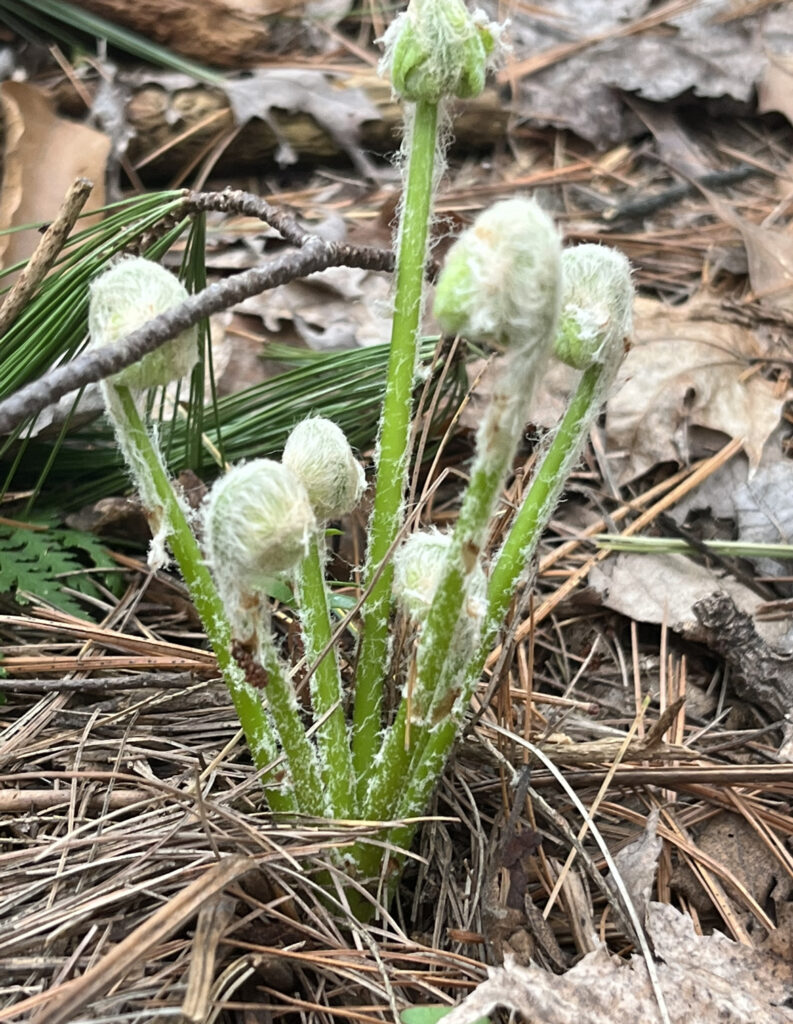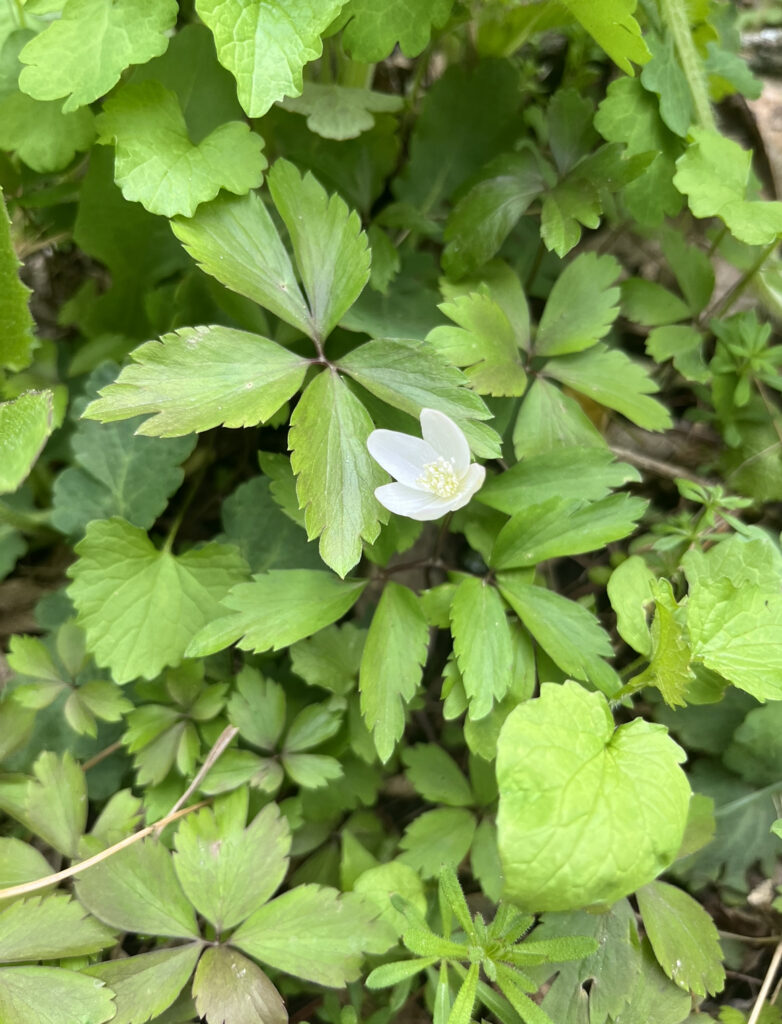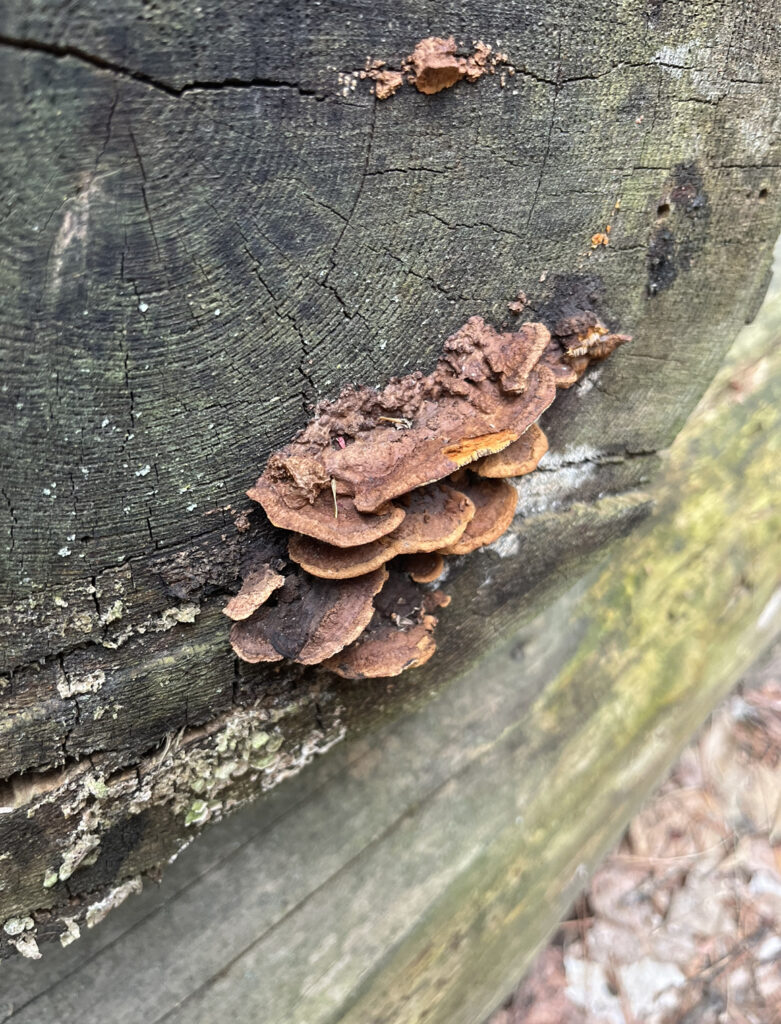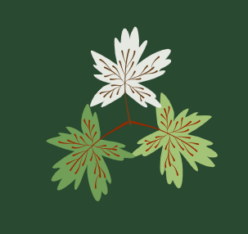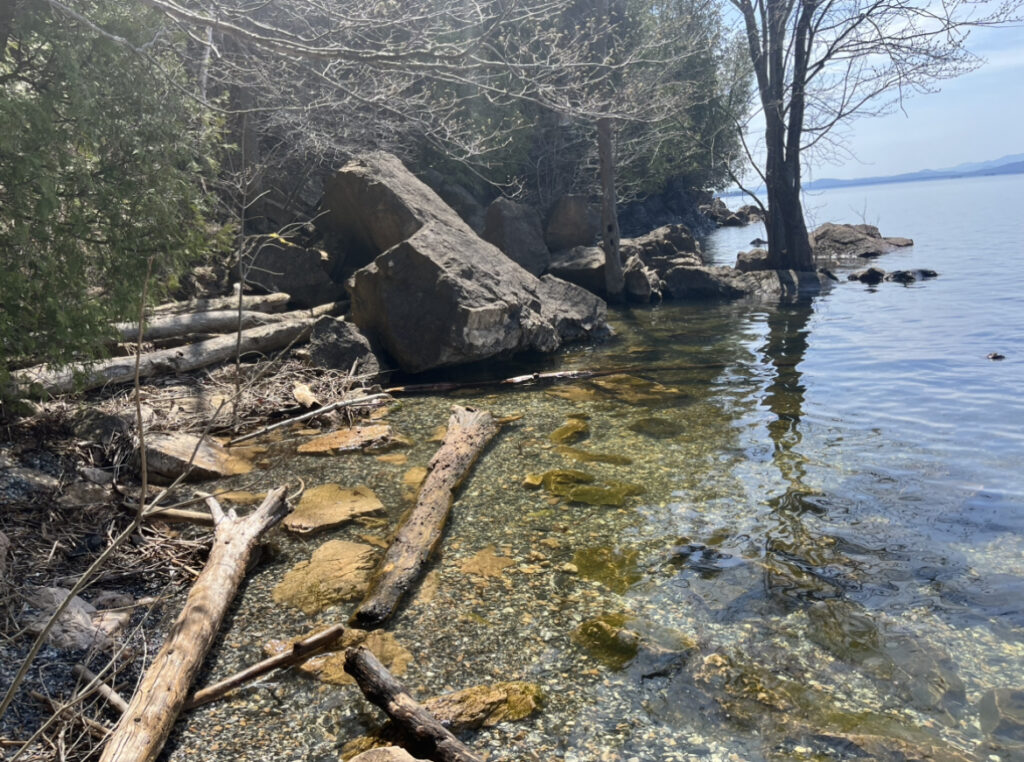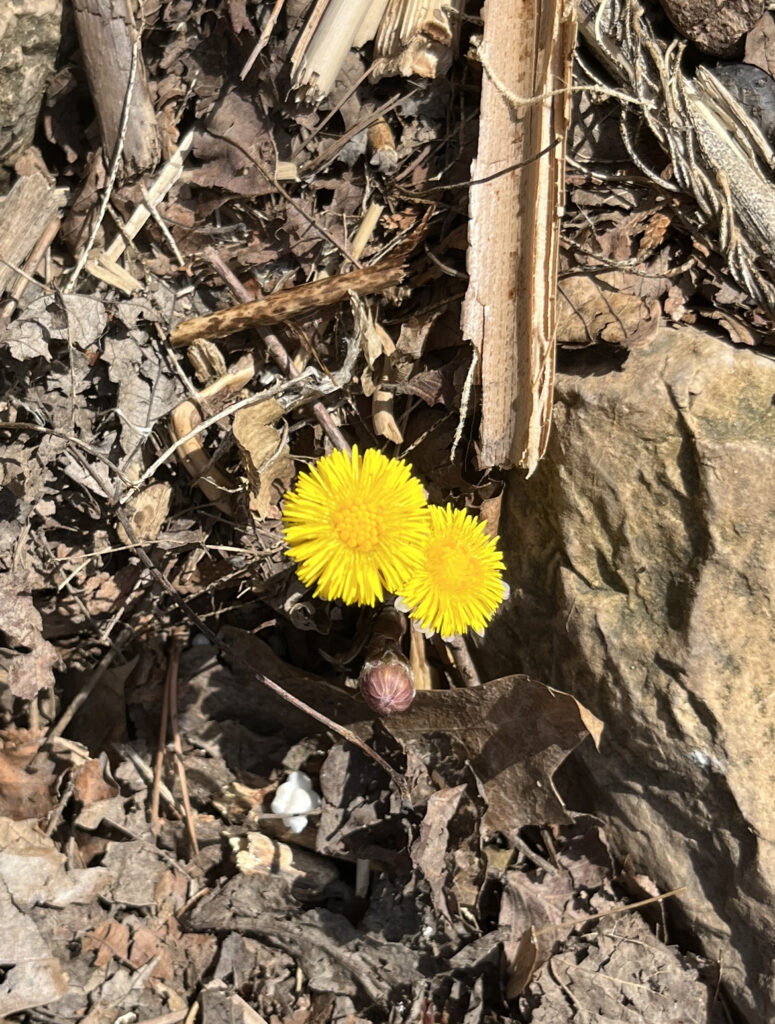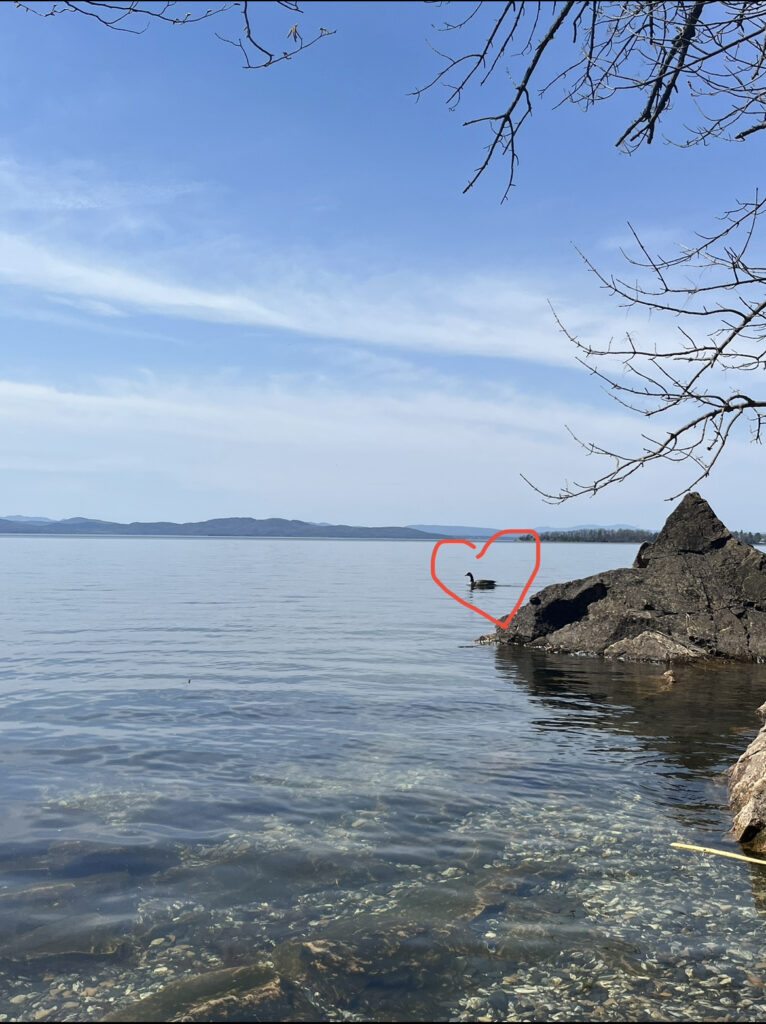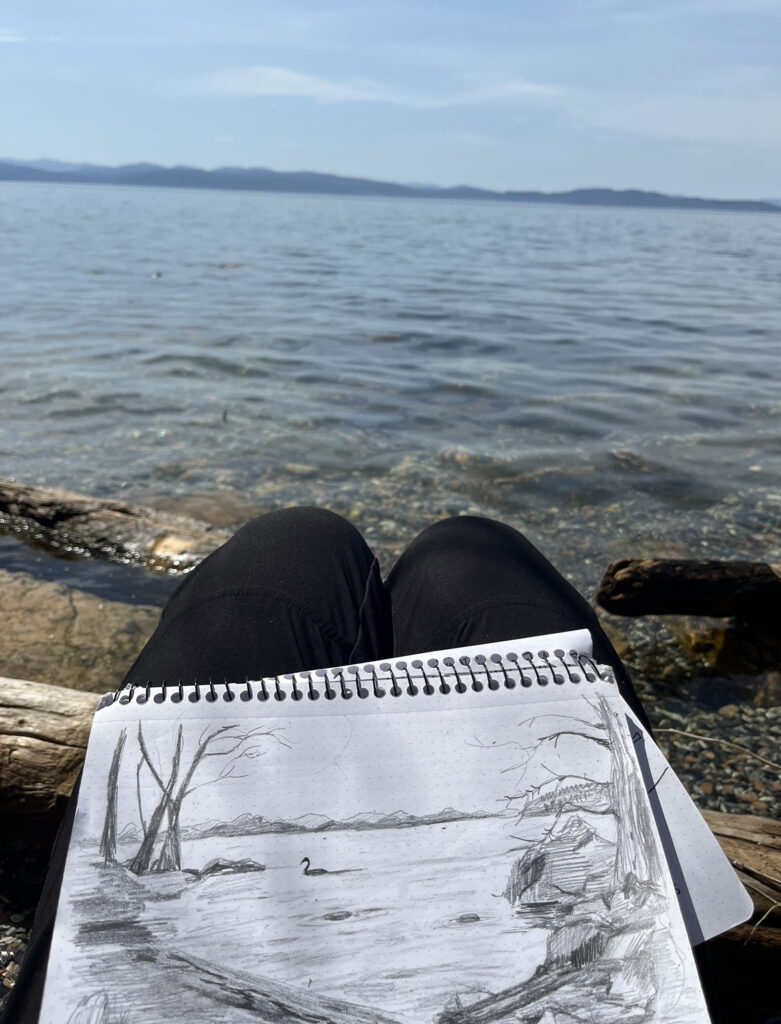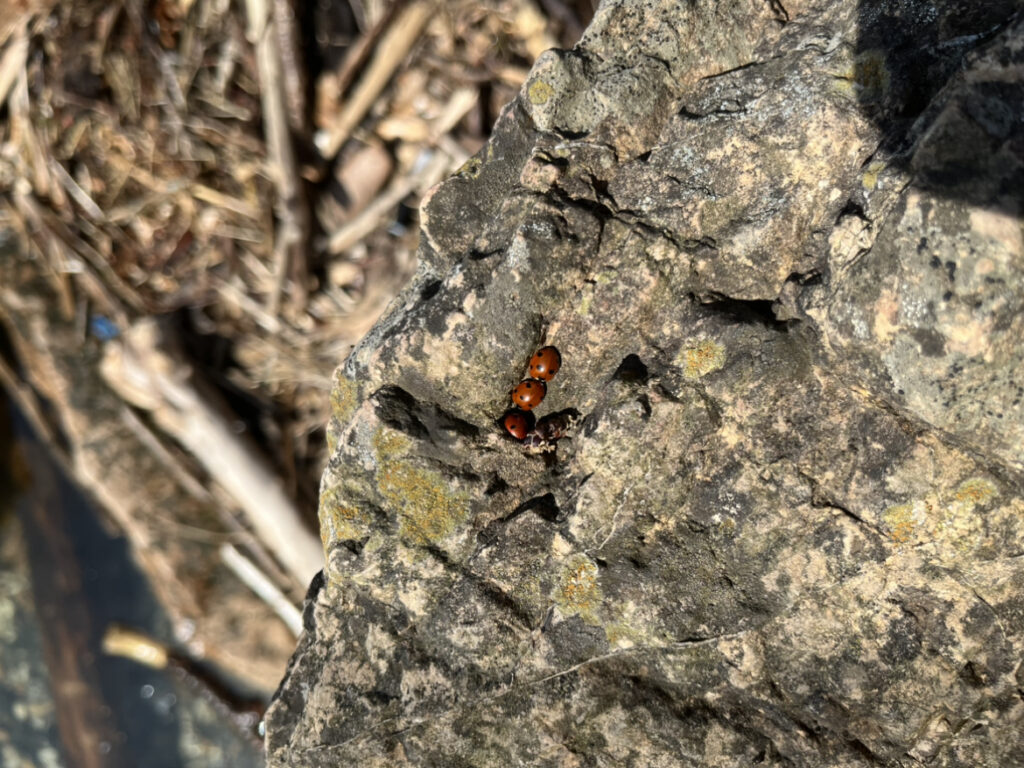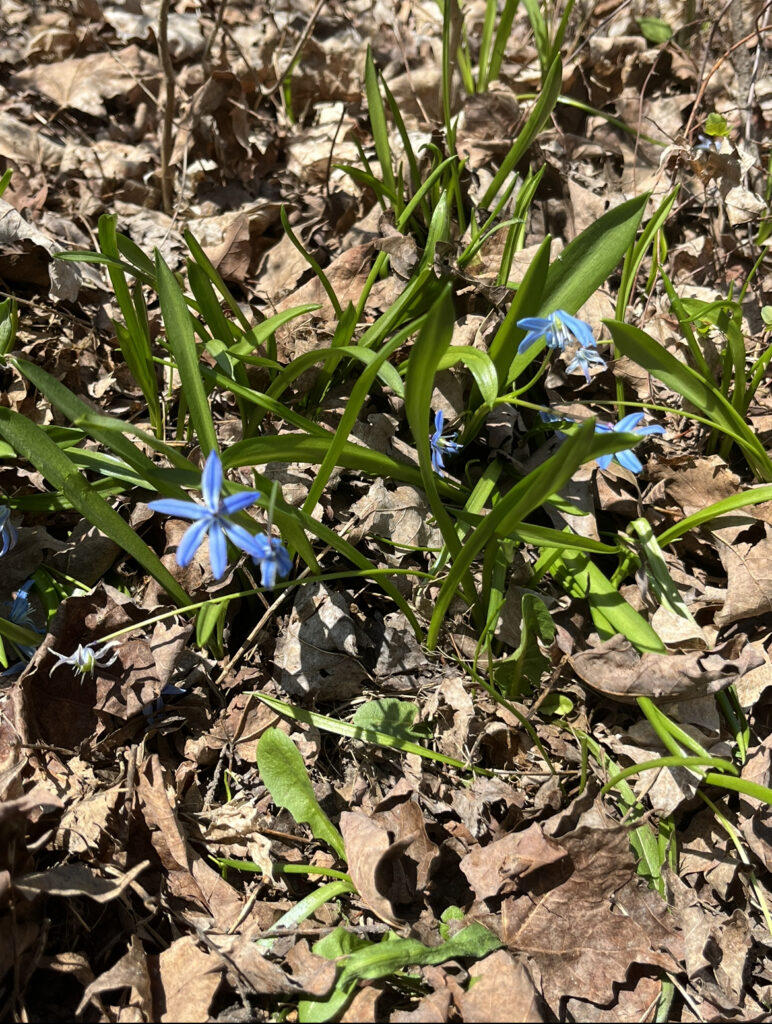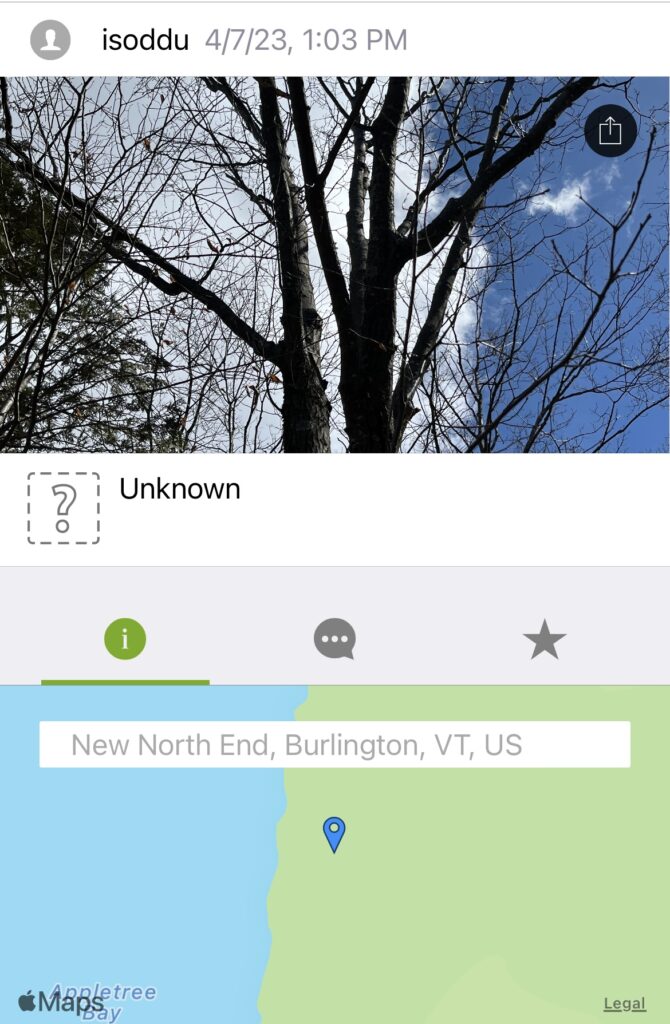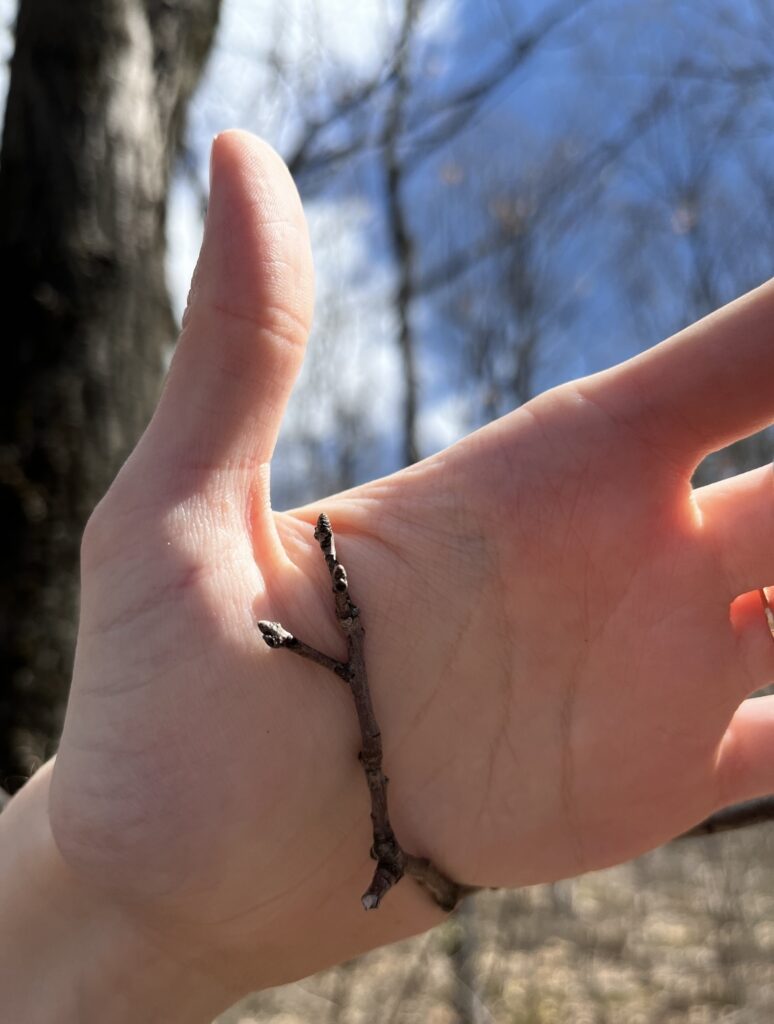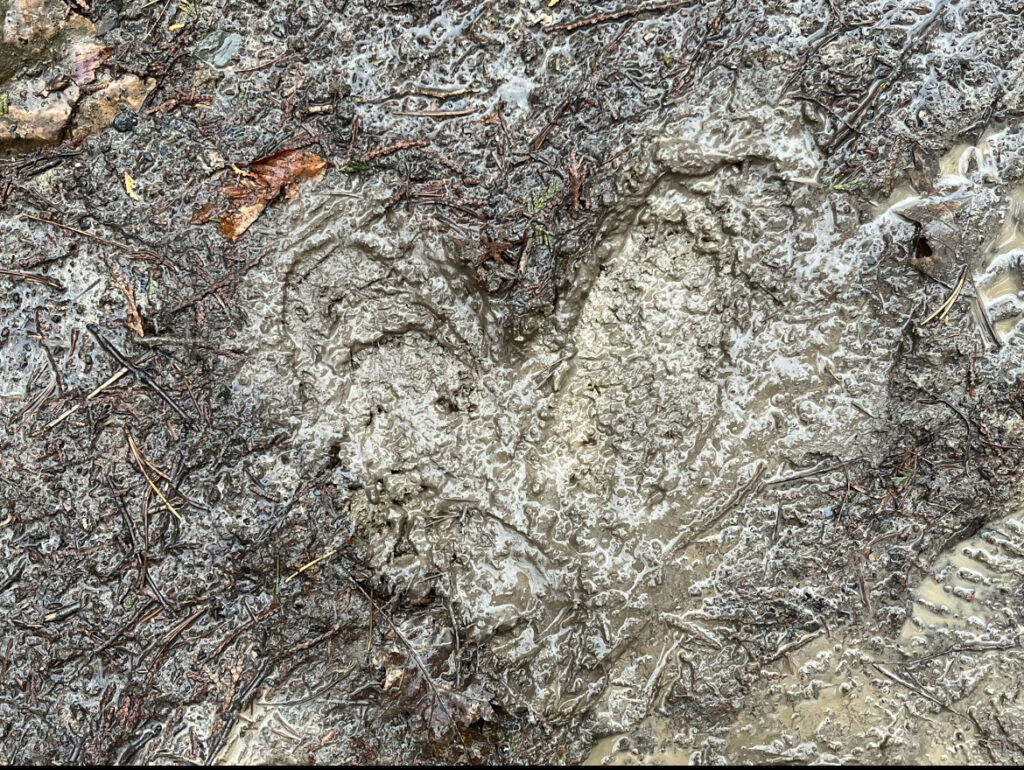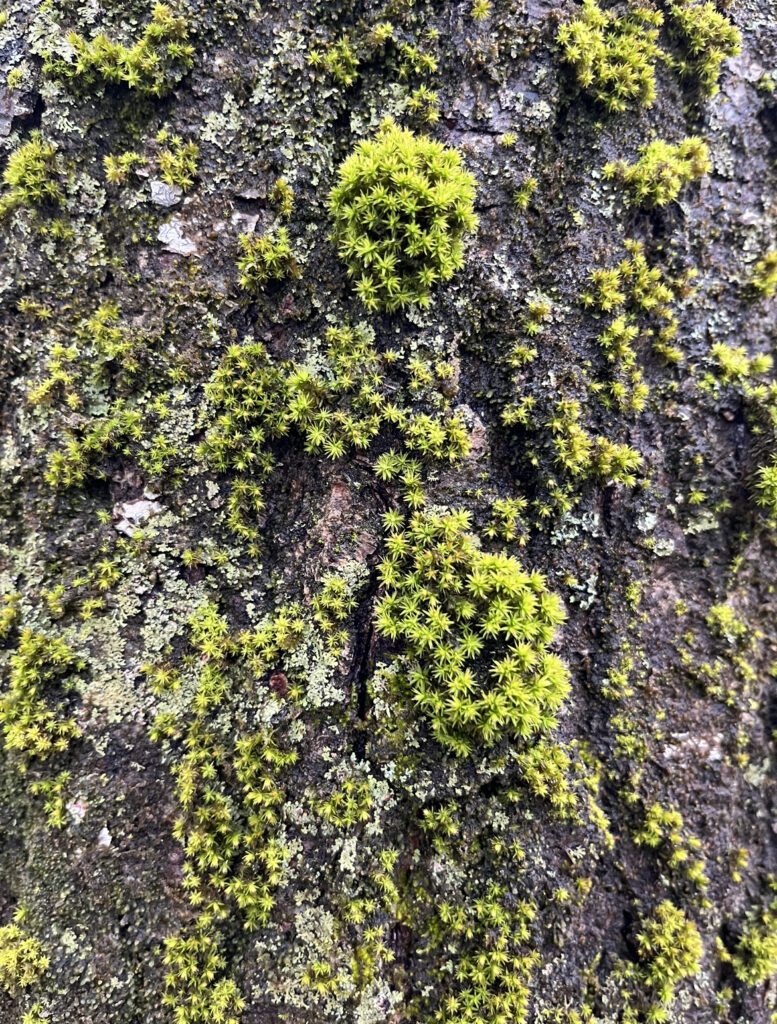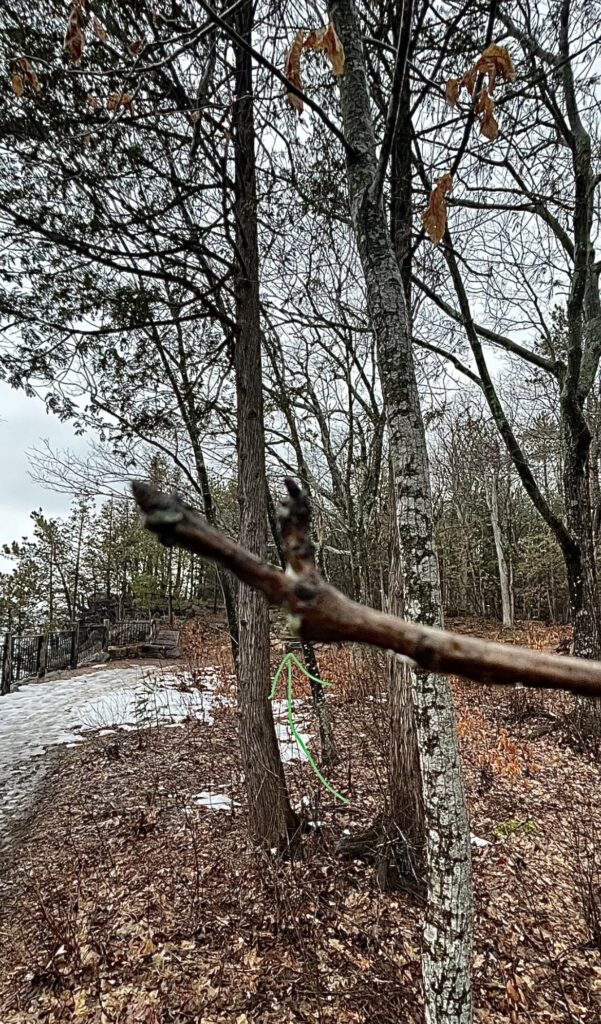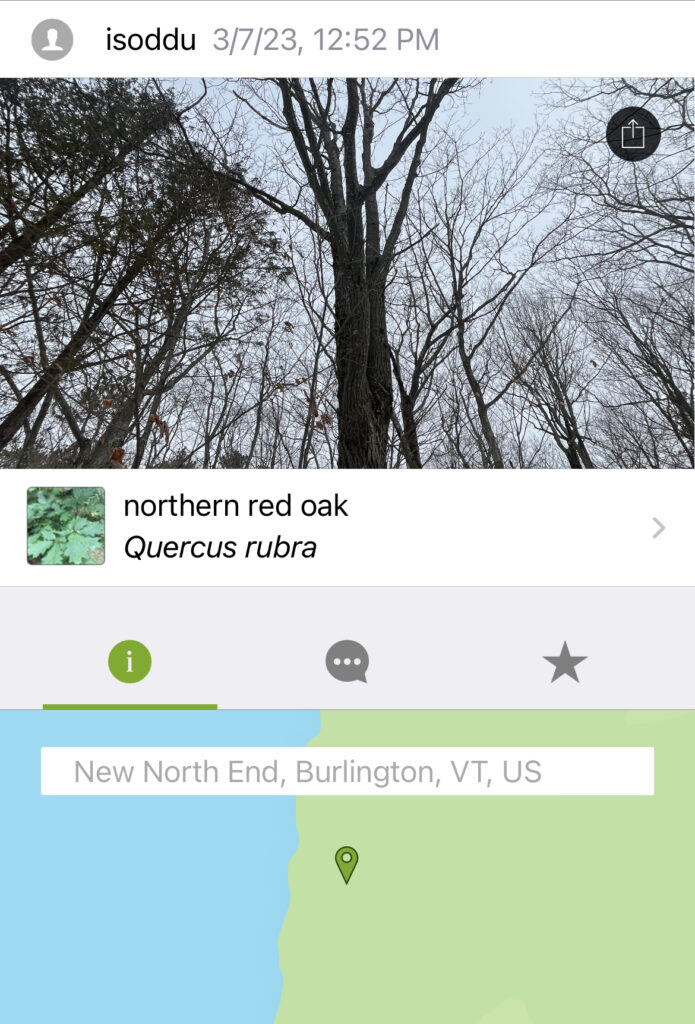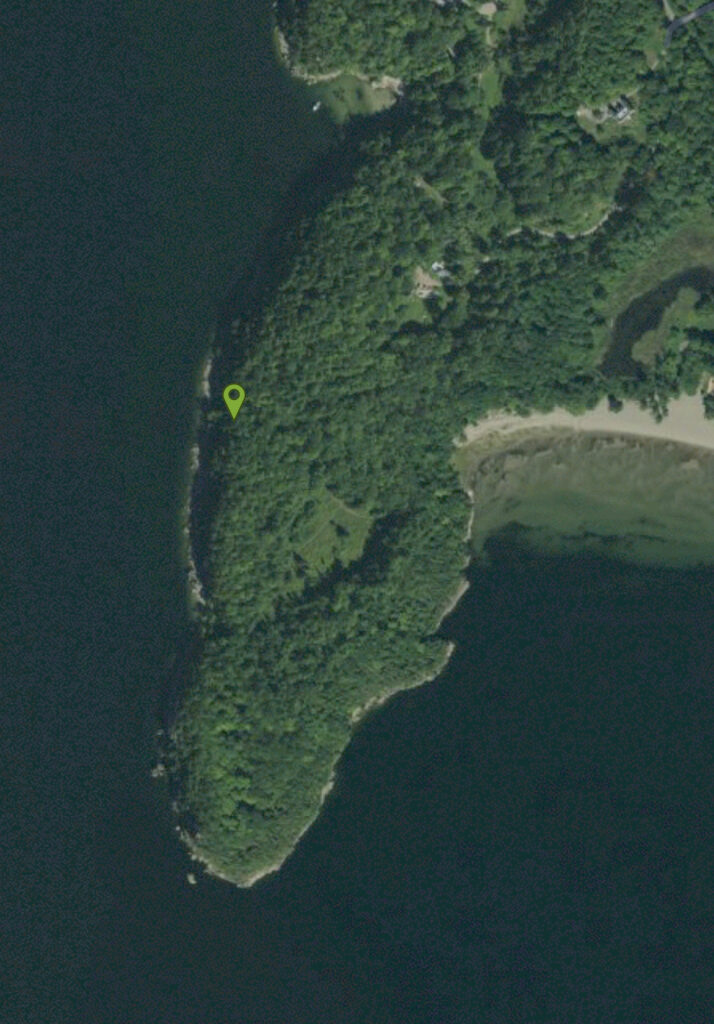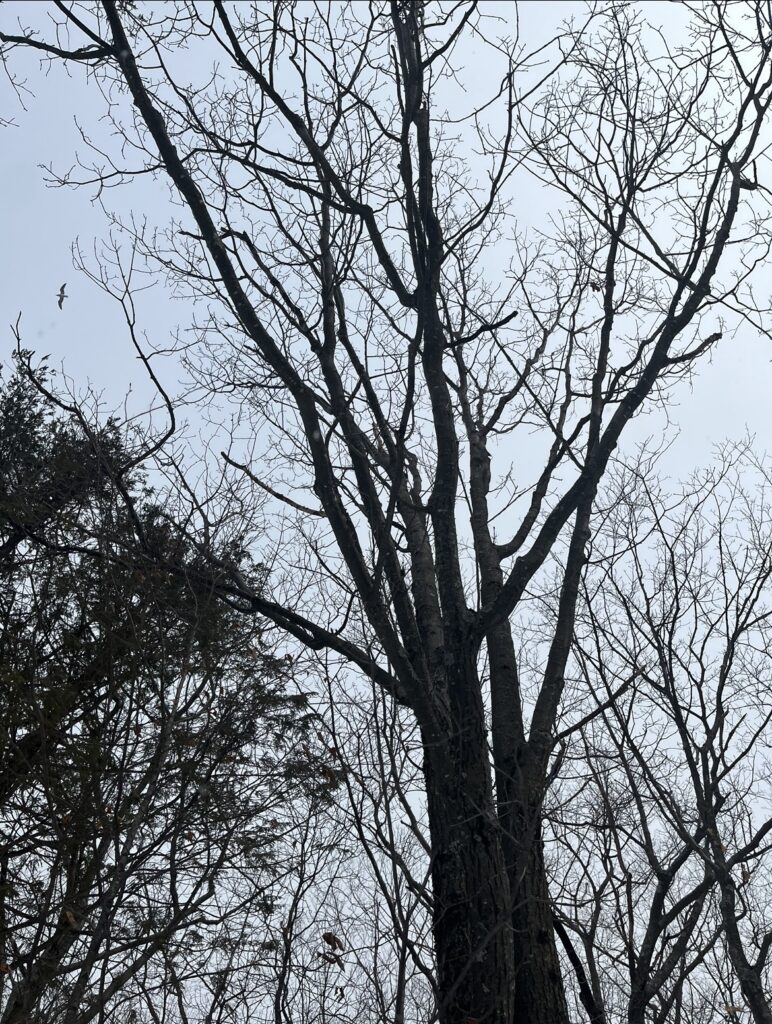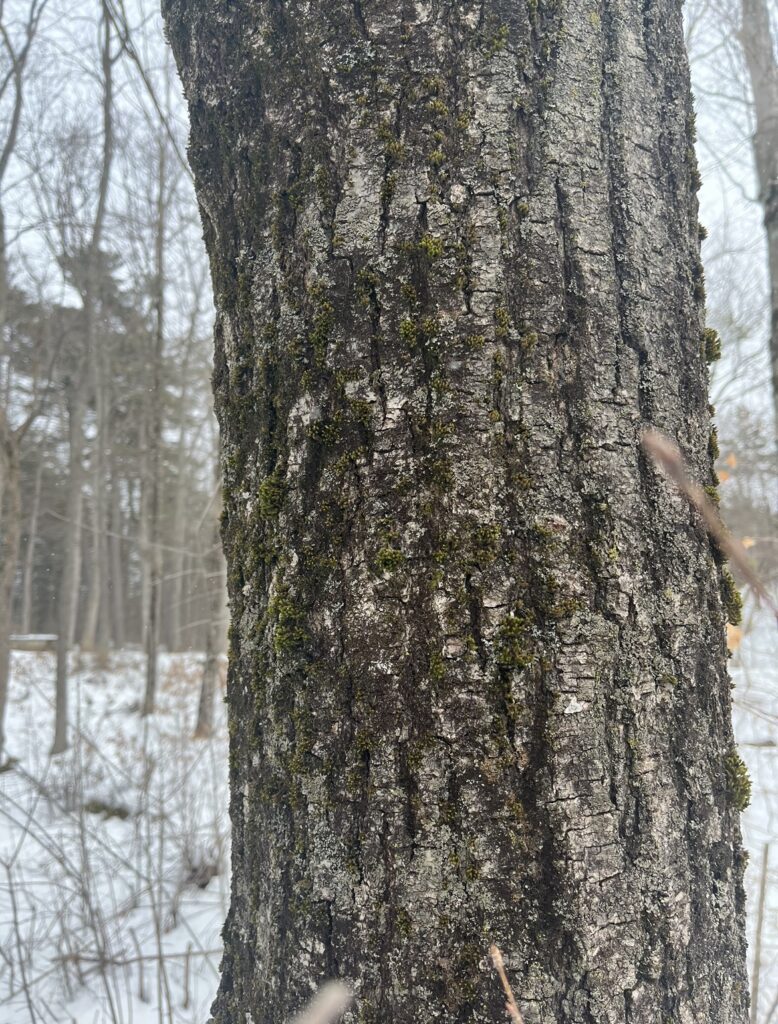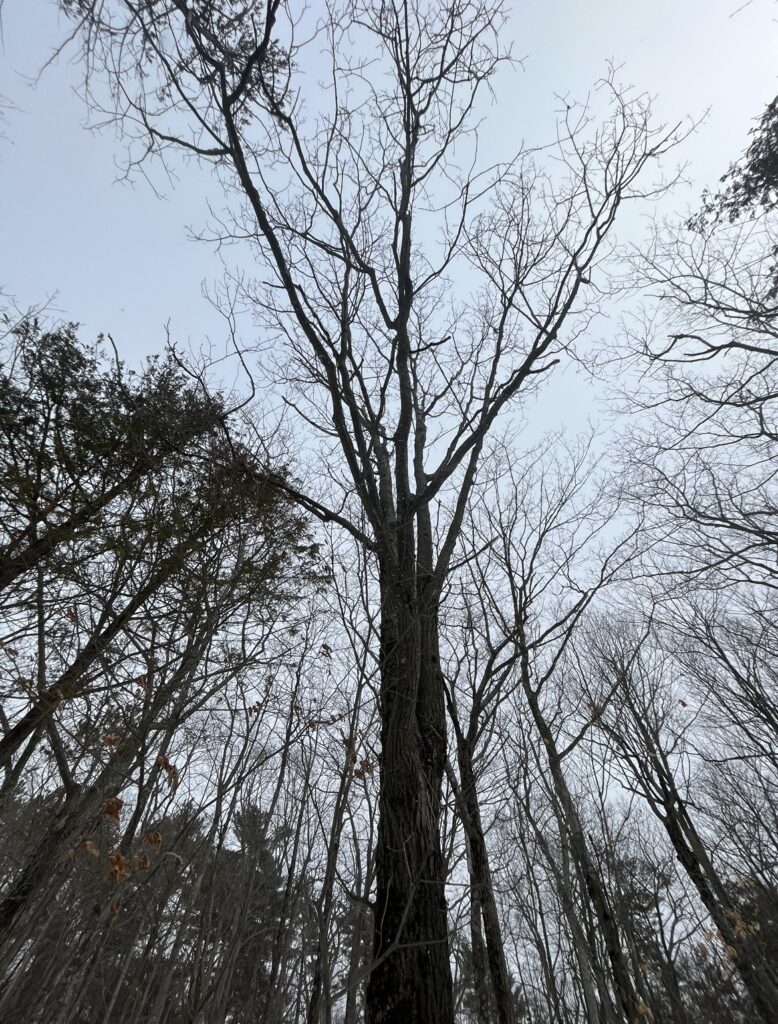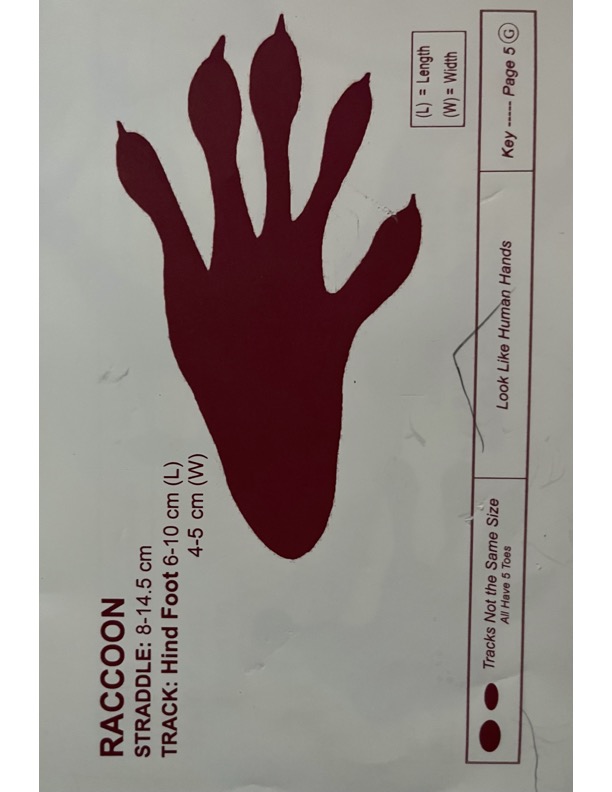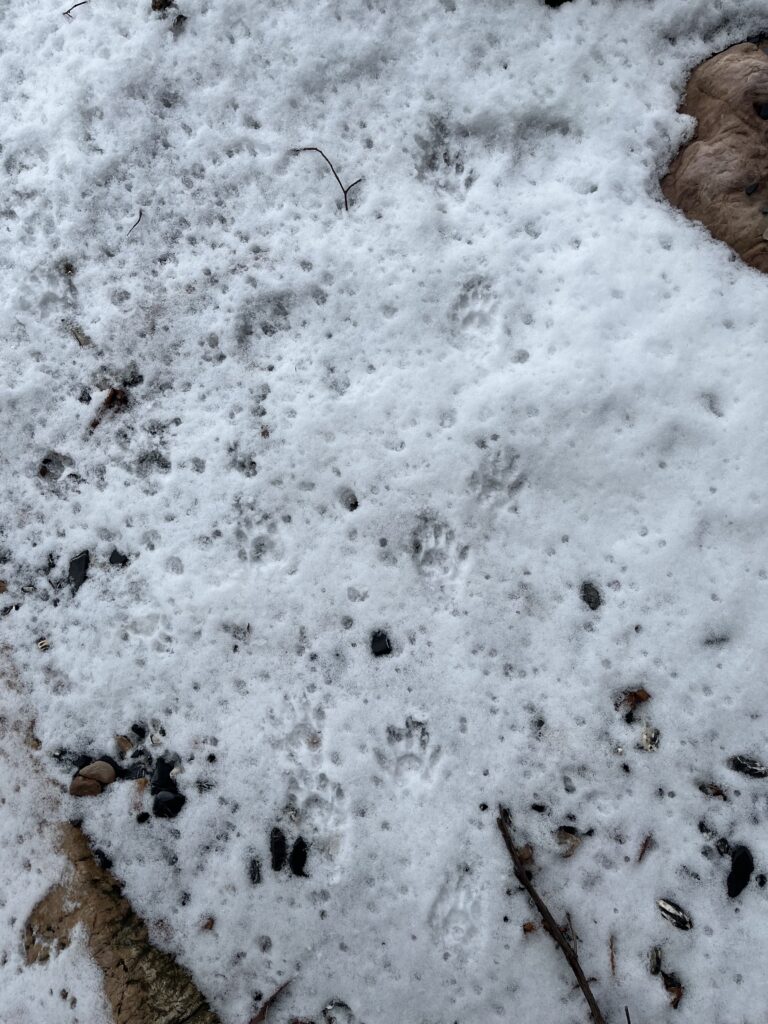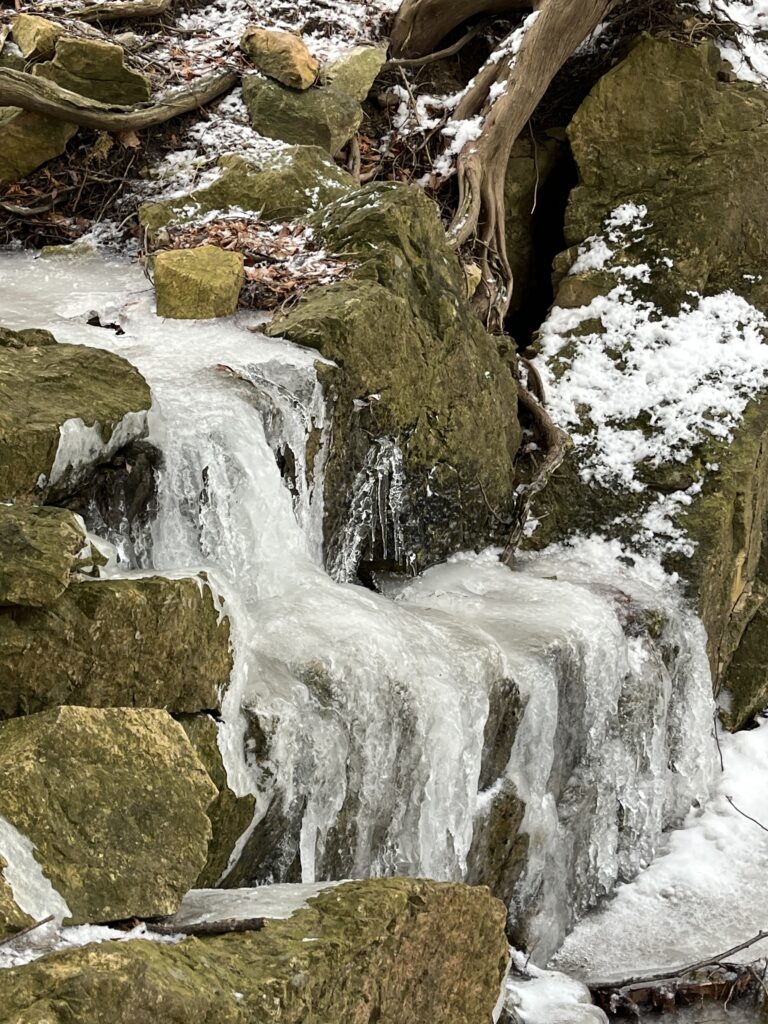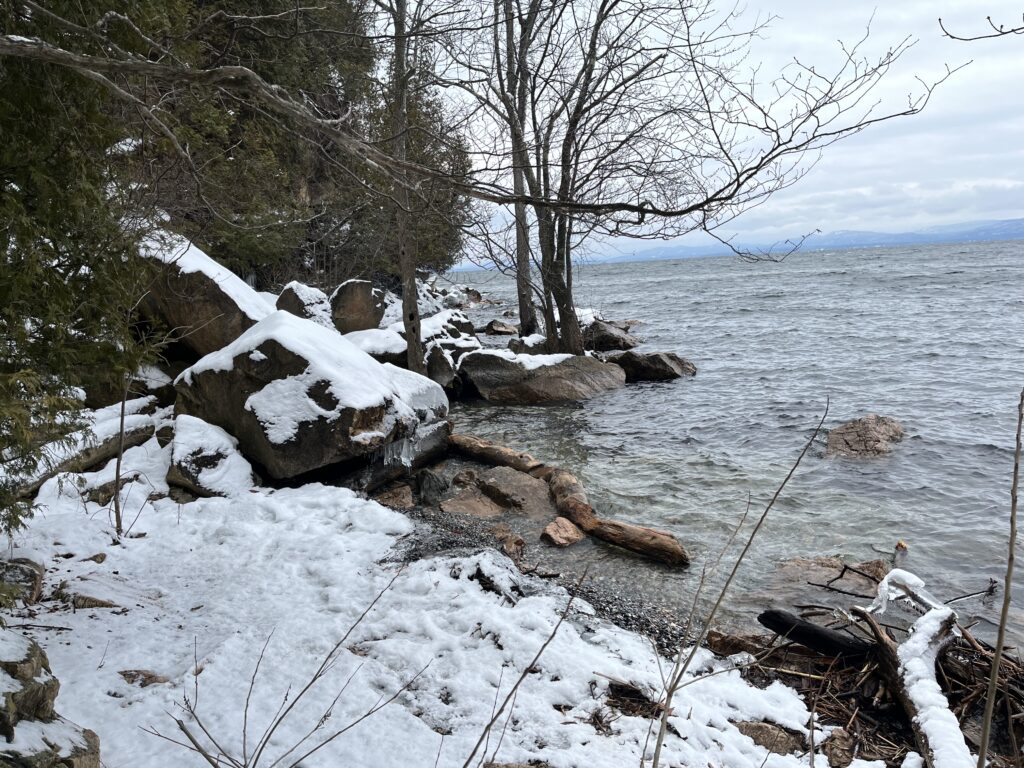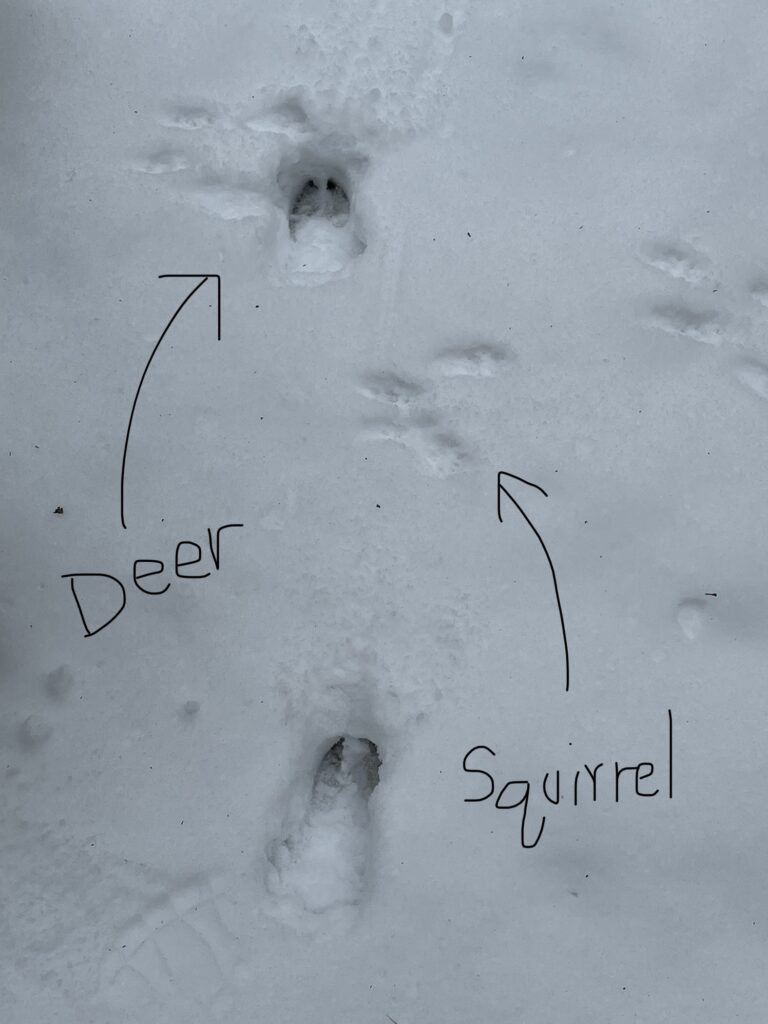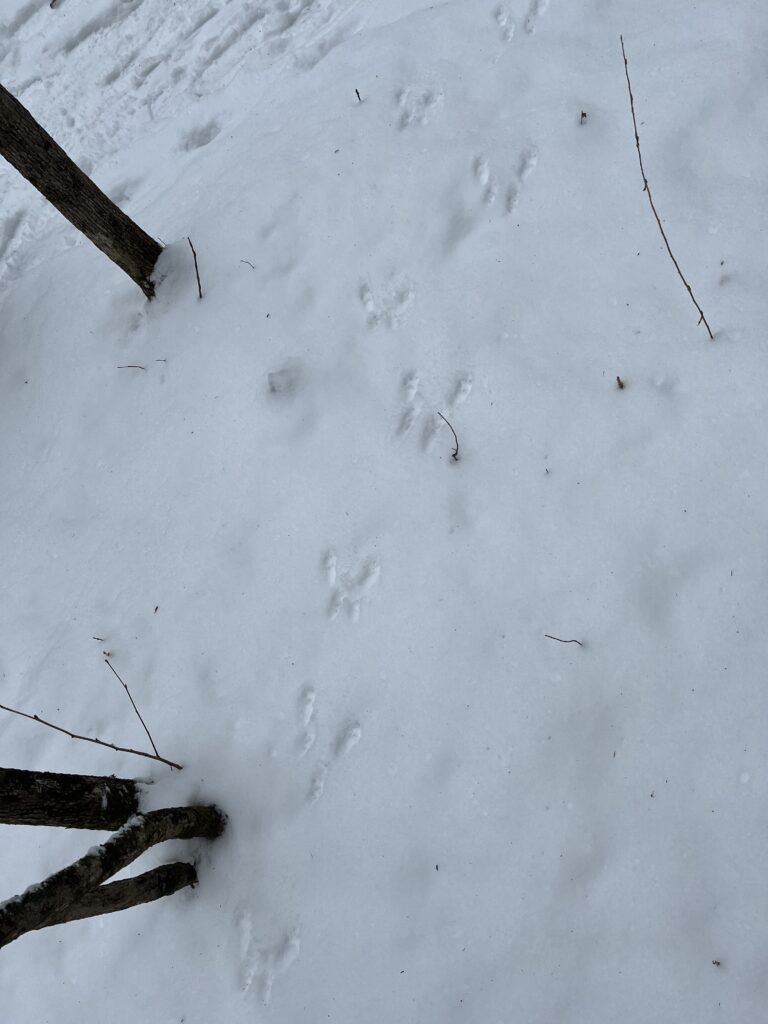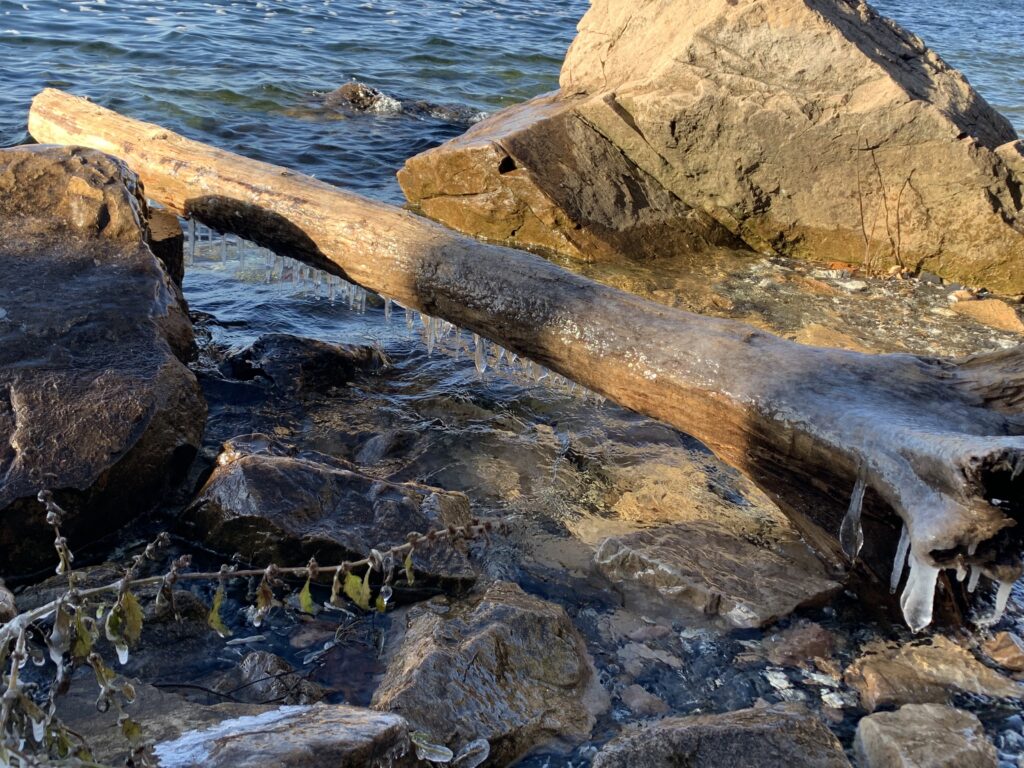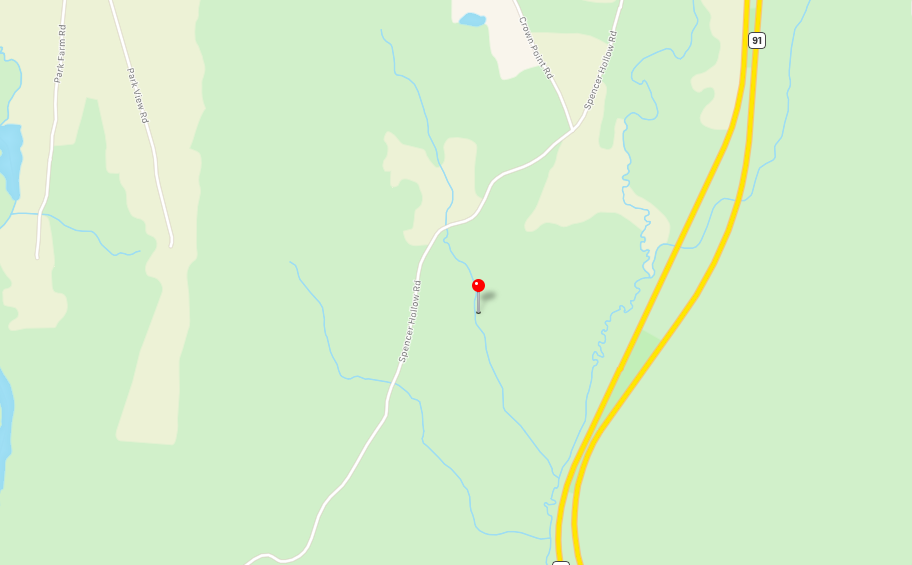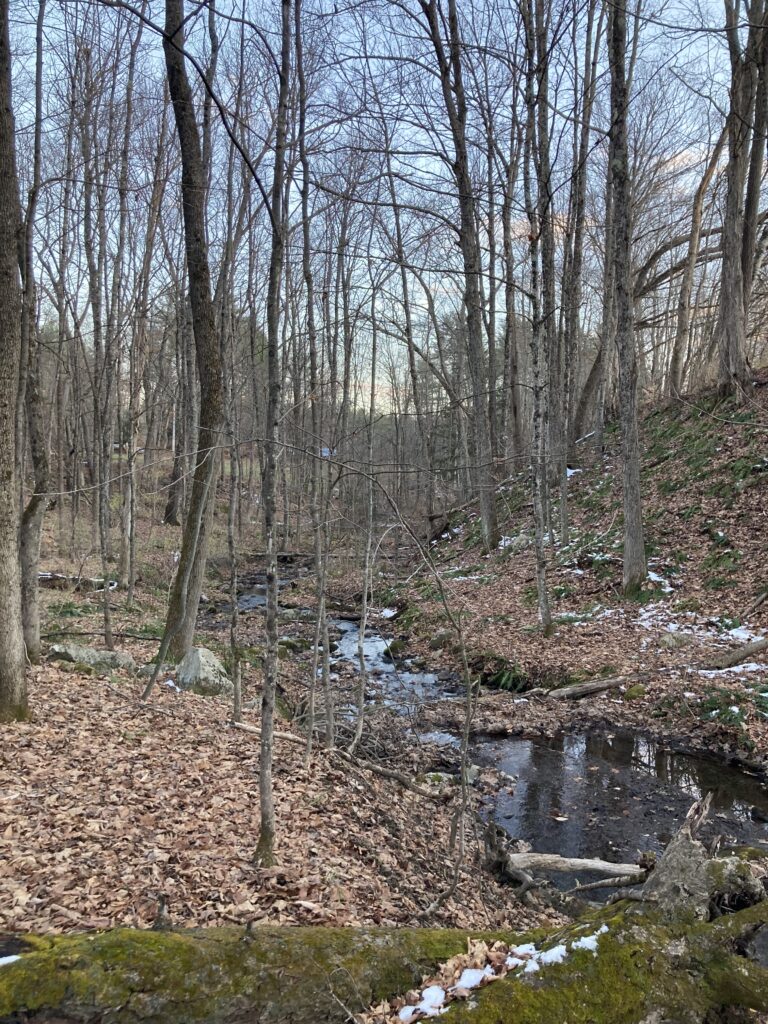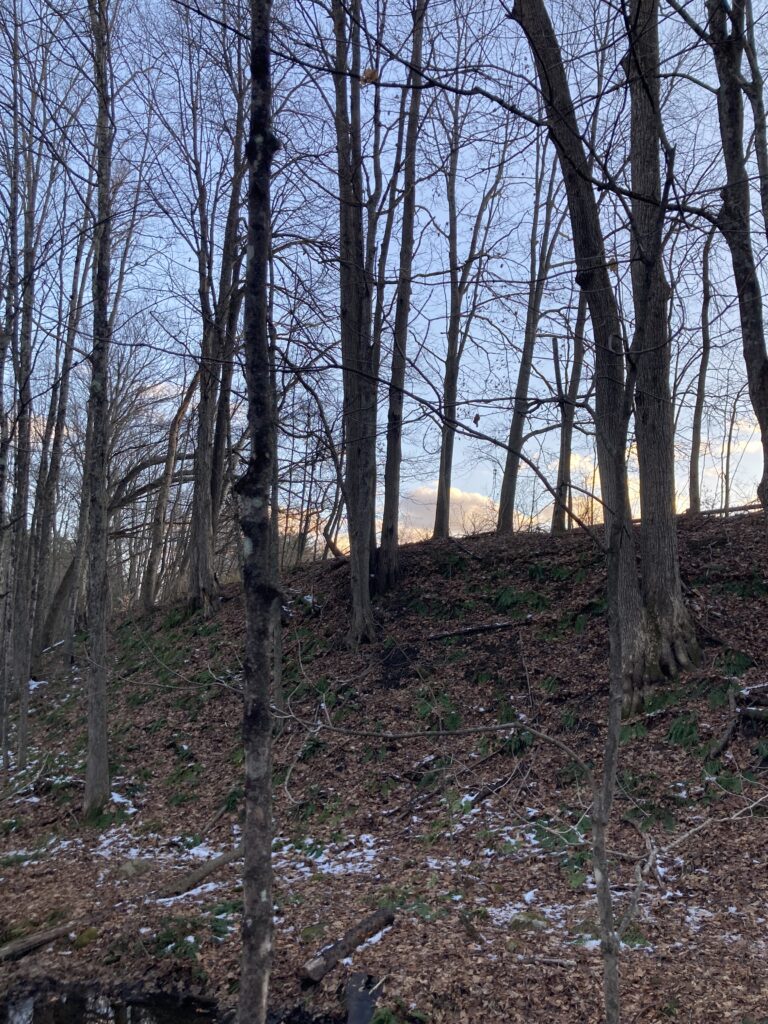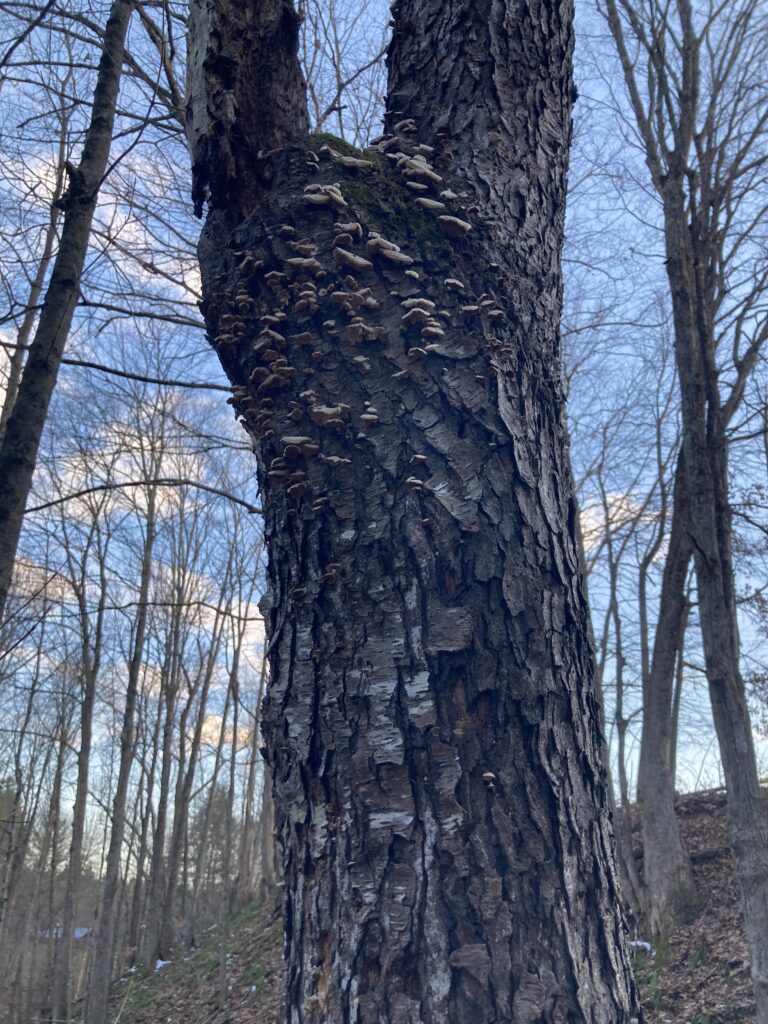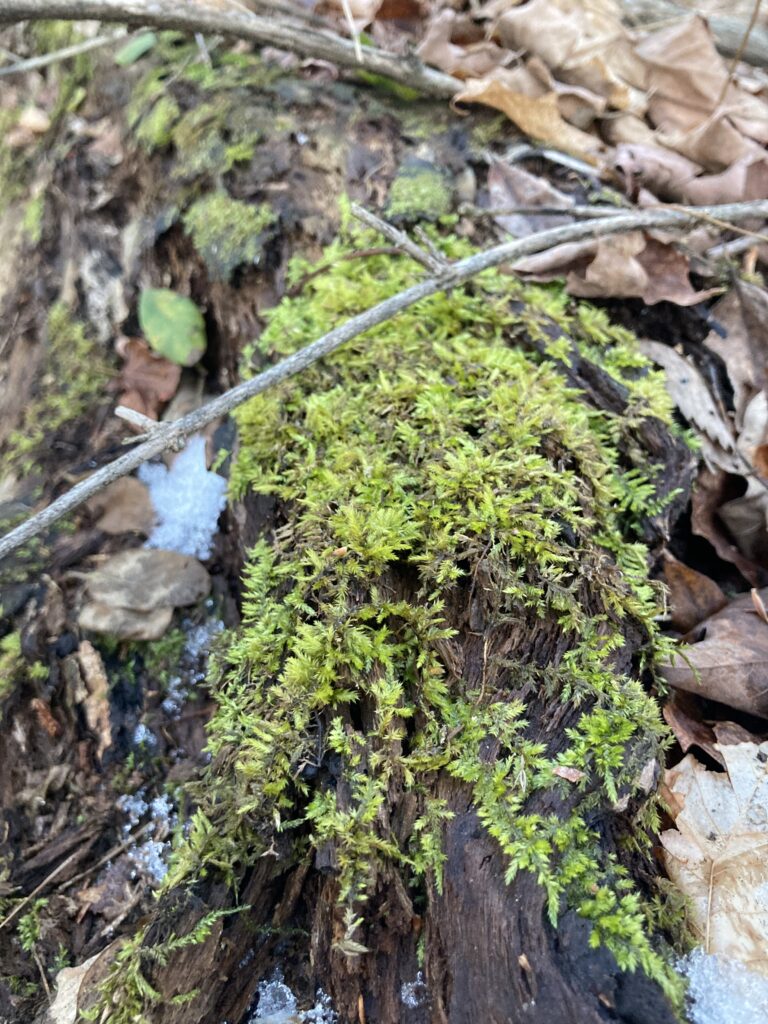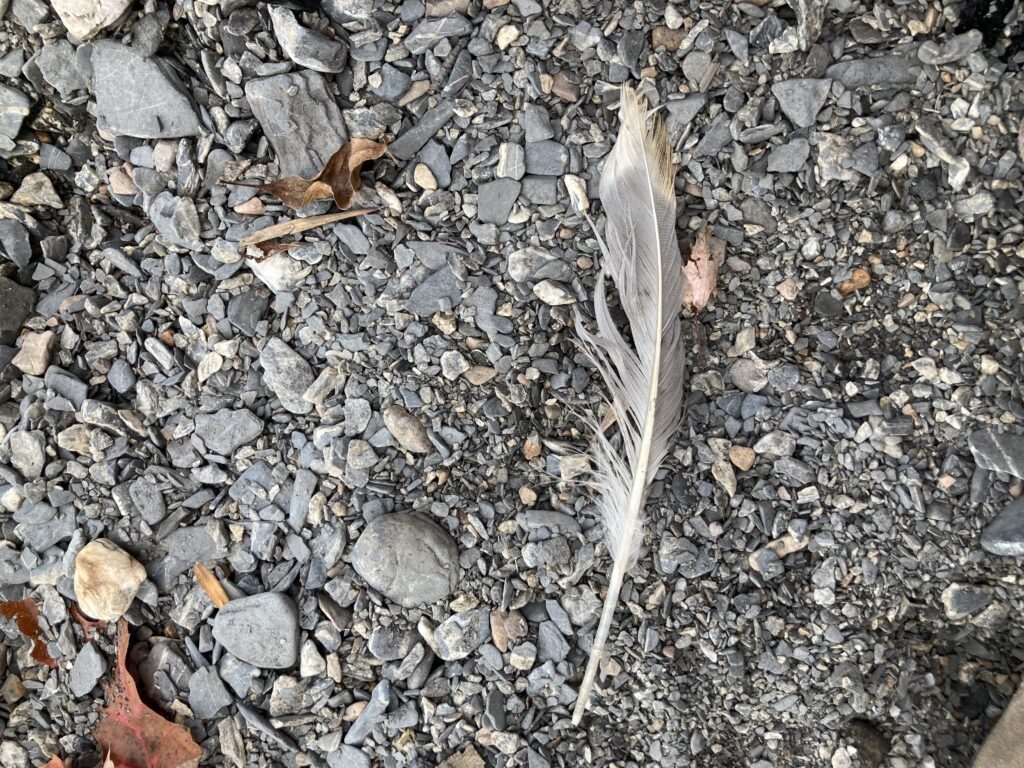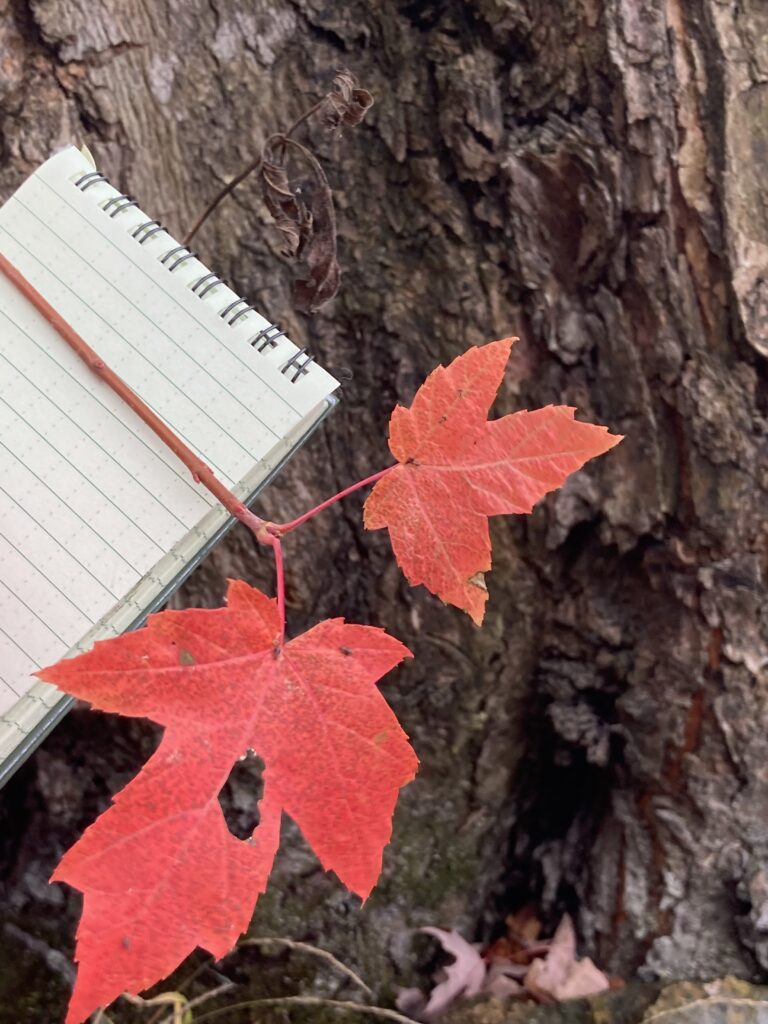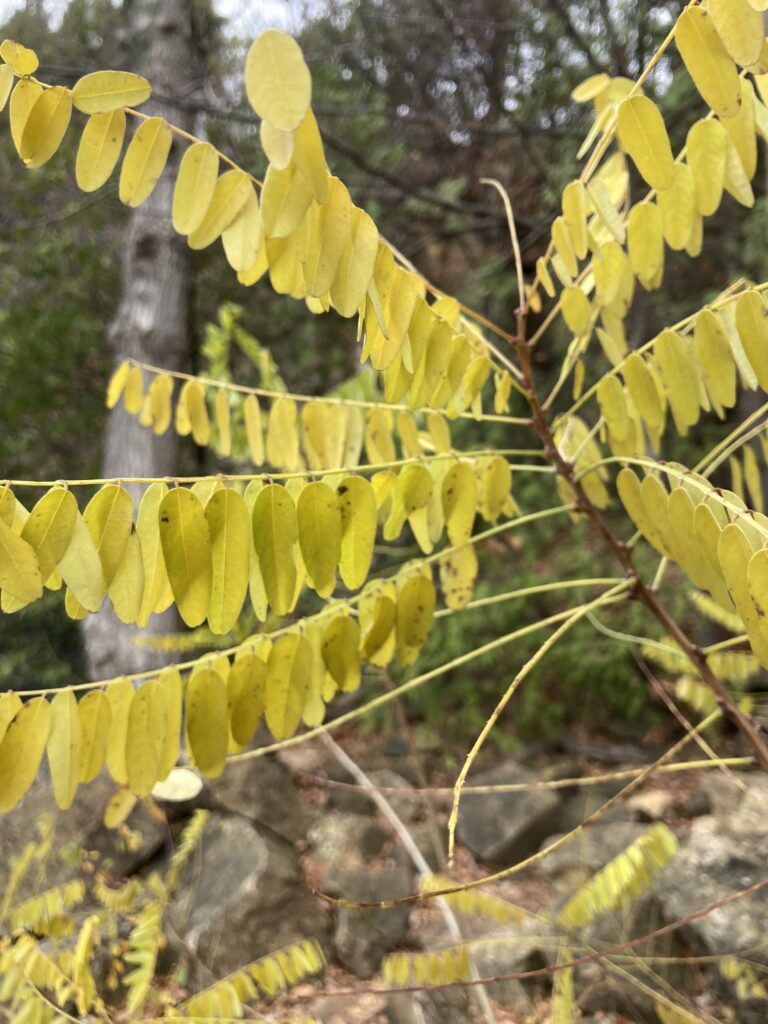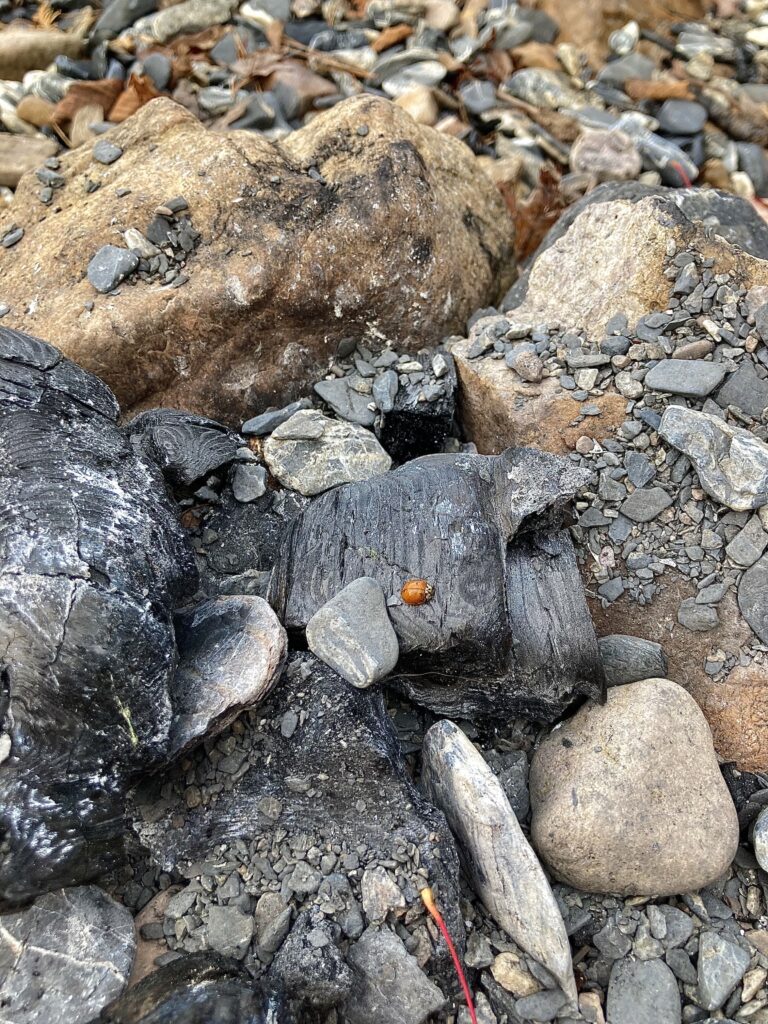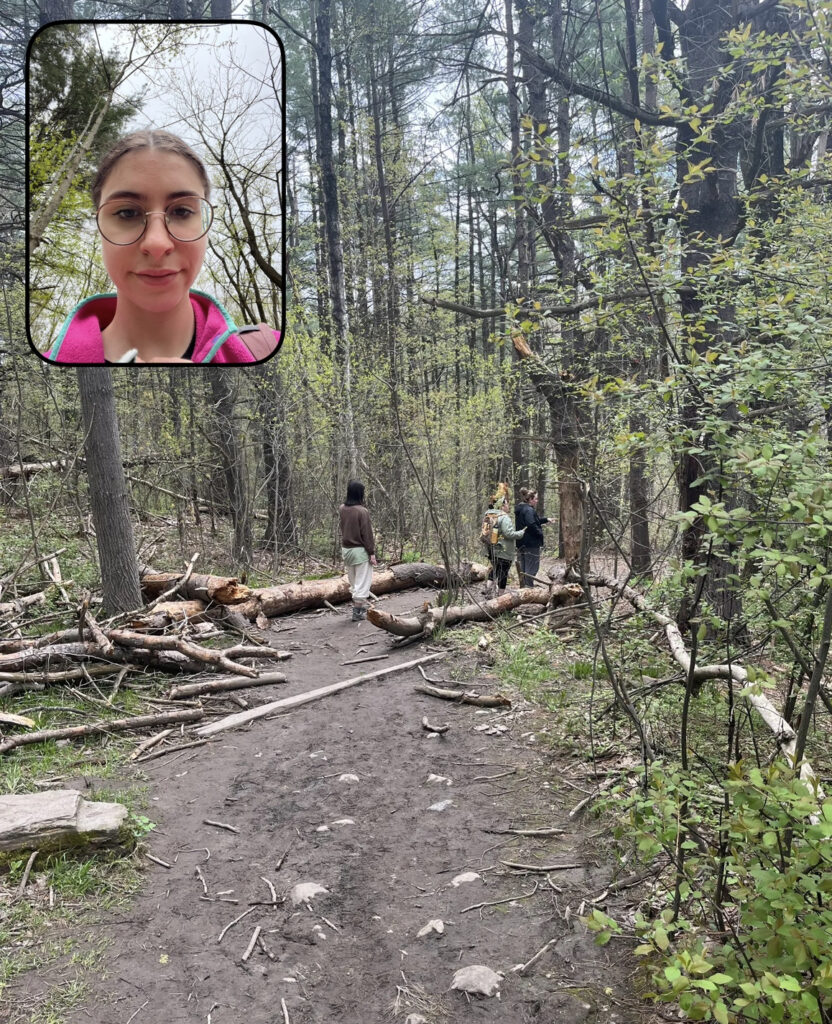
Oops. Well, I guess I lied that it was my last post. I’m back from the dead to report on an enthralling update from the “ City Nature Challenge iNaturalist BioBlitz.” On the Sunday of this four-day extravaganza, my friends and I decided to venture out into Centennial Woods to hunt for some interesting species. In total, I think I racked up close to 50 observations. Unremarkable, but still enough to make a solid dent in the competition.
Since most of the trees in Centennial Woods were still lacking in leaves, I concentrated most of my observational energy on the ground. And oh my! You never truly notice how many varieties of small bushy plants there are until they are clogging up your camera roll. I didn’t know the vast majority of the species I encountered, so I’m hoping iNaturalist can help with that.
SHRUB SHRUB SHRUB SHRUB SHRUB
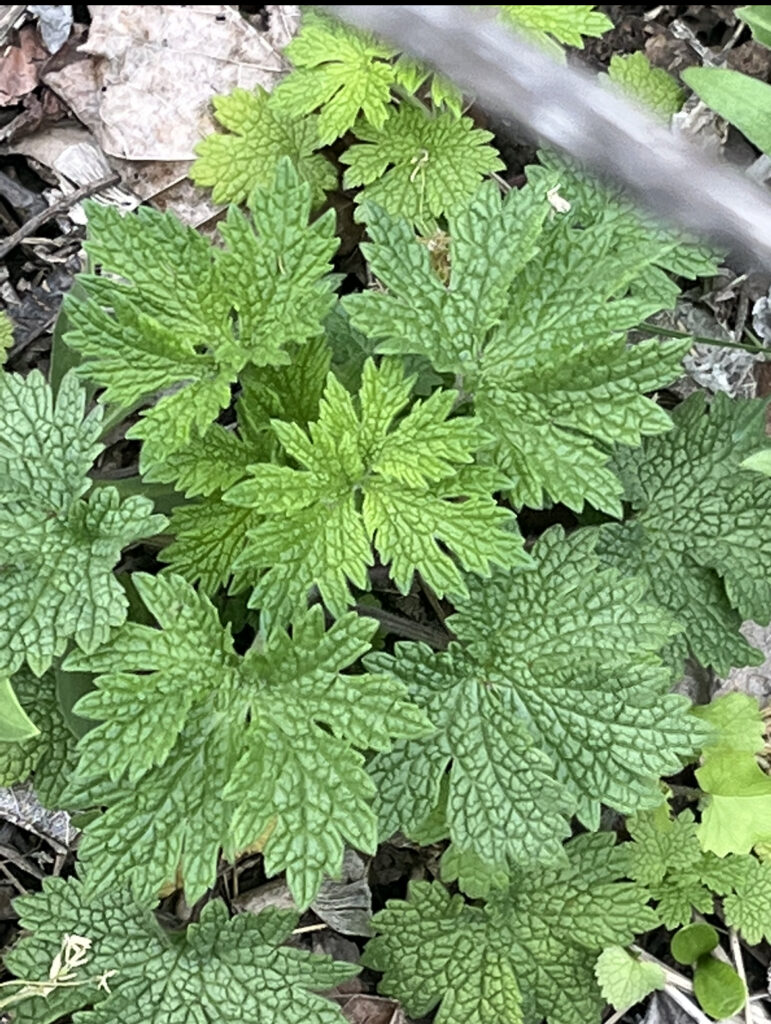

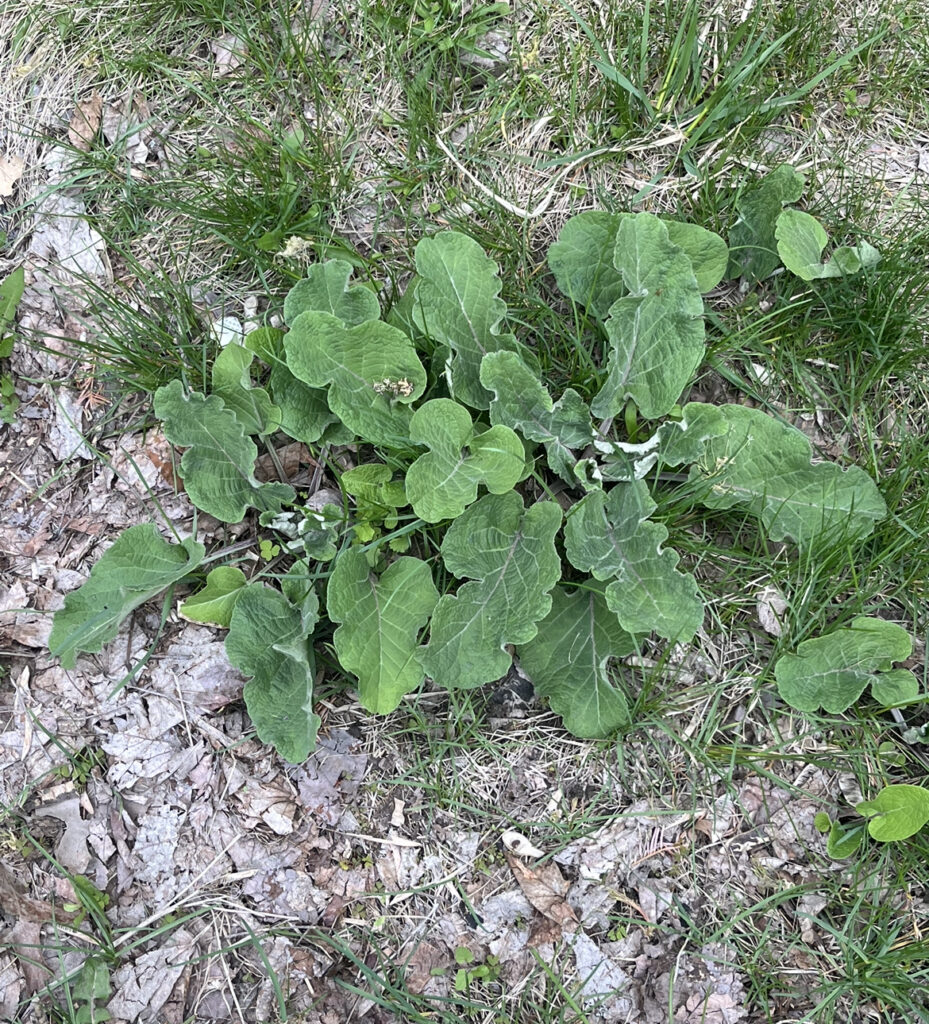
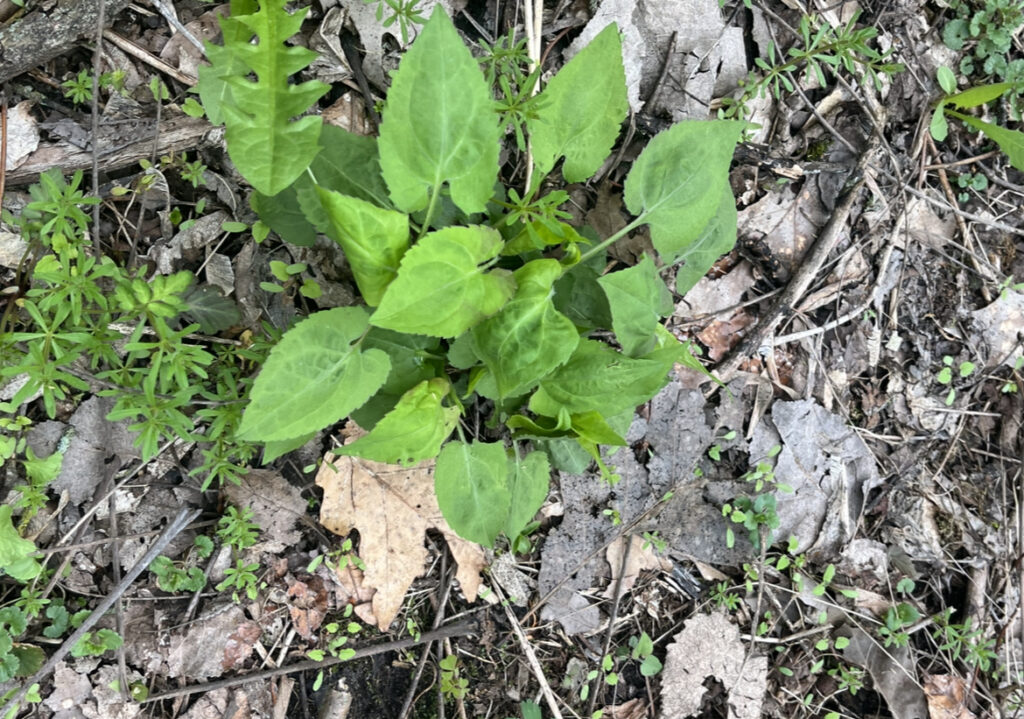
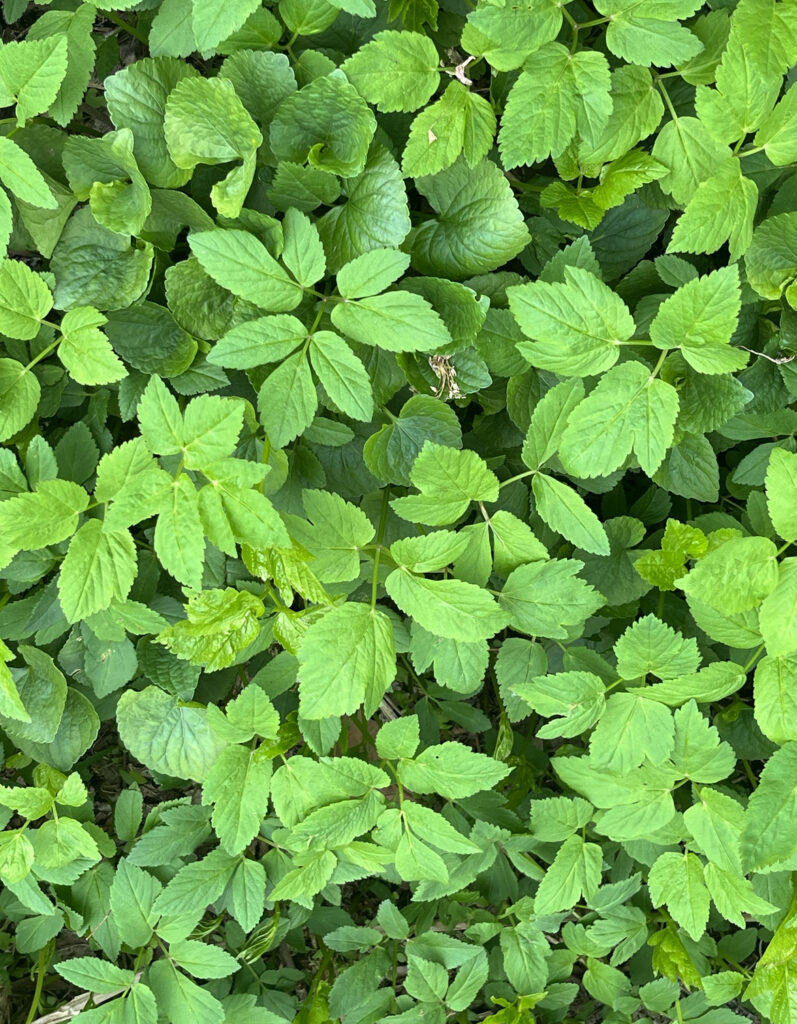
Although iNaturalist is a great resource for identification, it can often be unreliable. Someone on the app once called my tree “Evangeline” a Yellow Birch. Let’s just say she was more than insulted. In terms of other iNaturalist grievances, I couldn’t figure out how to upload sound recordings from my phone onto the app. It was a bit of a bummer since I caught some great bird songs that I wanted to share. At least now I know that you have to record sound directly through the app. Oh well.
On another note, here are some fun standouts from our adventure:
We found some raccoon and “squirrel?” tracks, as well as a female Common Redpoll right outside of my dorm room.
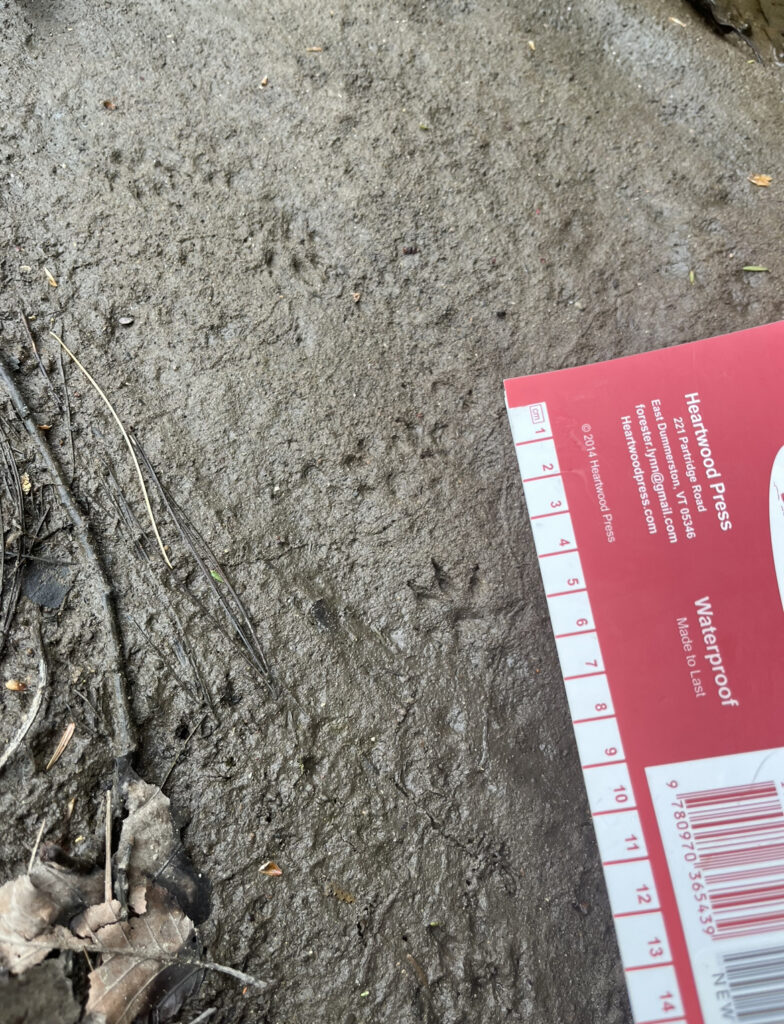
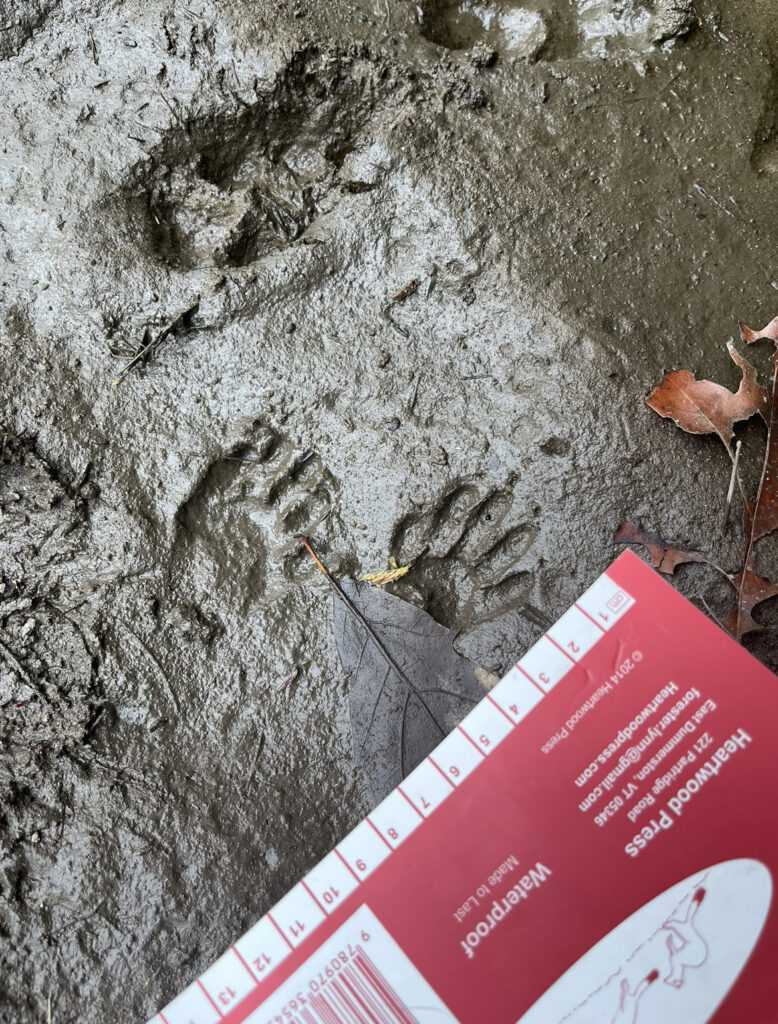
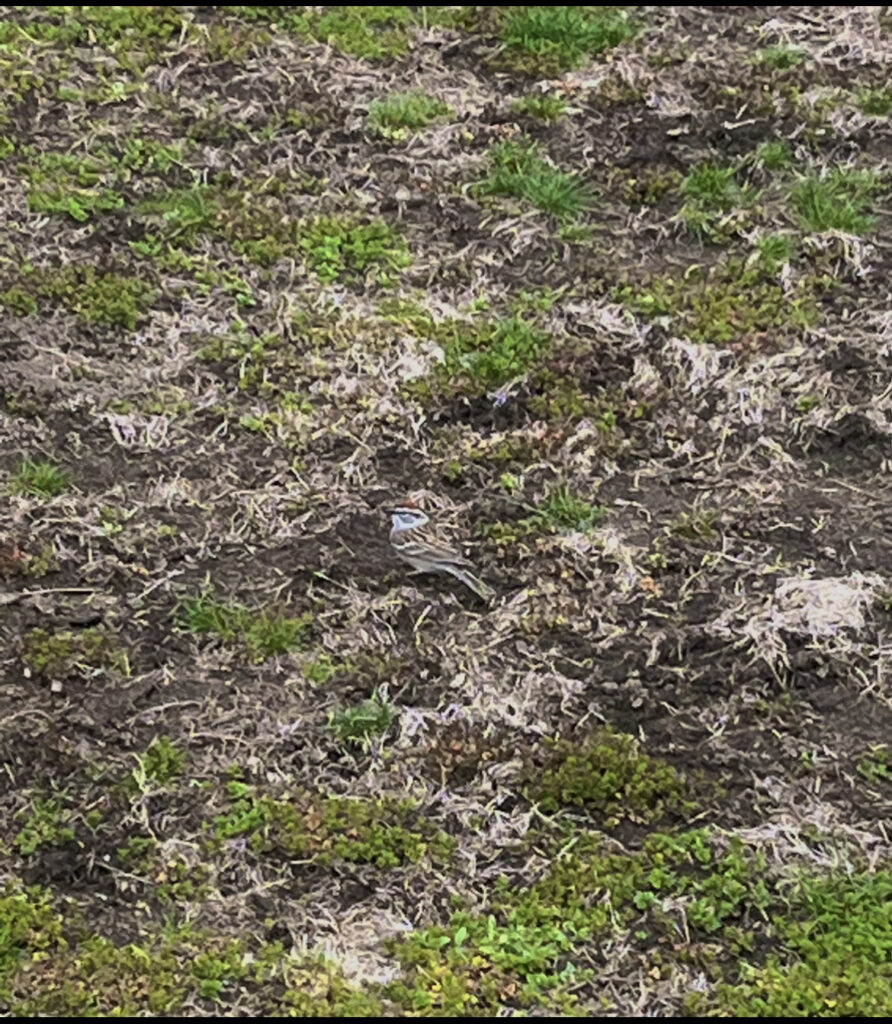
I was particularly excited about the bird because I got to use my brand-new bird identification book to look it up on the spot!
